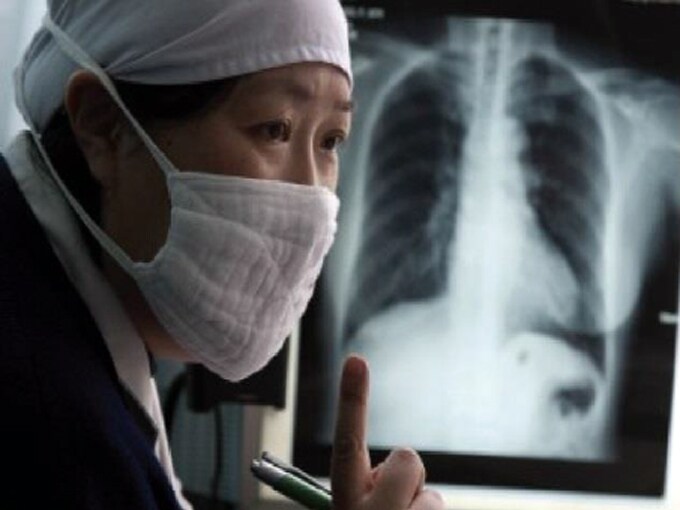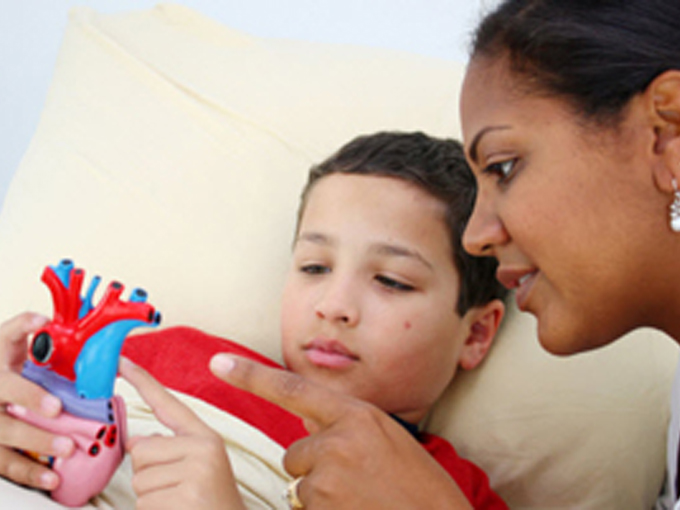Changes in Clinical Diagnostics and Tracking Infectious Diseases
Presented on .
When it comes to tracking infectious diseases and outbreaks, determining who is infected with a particular pathogen is the first step in solving the puzzle and stopping the spread of the disease. Traditionally, culture testing has been the primary means of identifying the specific pathogen. With this method, cultures must be evaluated in a lab setting, and results can take two or three days. Culture-independent diagnostic tests (CIDTs) are a new method for diagnosing infections, and they are often used to identify foodborne illness. CIDTs work by detecting the presence of a specific genetic sequence or antigen of a germ.
These newer tests are faster, and results are available much sooner than with traditional culture tests. However, CIDTs don’t identify the exact organism that caused the illness, and they don’t provide some of the more detailed information that culture tests can. For example, CIDTs don’t tell us what specific strain of an illness someone has, or how it may respond to antibiotics. Using only CIDTs makes it more difficult to connect individual infections to the same strain and to identify outbreaks.
This session of Public Health Grand Rounds discusses how CIDTs are changing the landscape of diagnosing infectious disease. Speakers will also discuss how the tests are evolving, and how some states are adapting to using CIDTs in their public health systems.
In this session of Beyond the Data, Dr. Phoebe Thorpe and Alicia Cronquist, RN, MPH, discuss culture-independent diagnostic tests (CIDTs) and how they are changing the landscape of tracking infectious diseases. Tune in to hear how these tests are different from traditional laboratory cultures, and learn how some states like Colorado are addressing the challenges of using CIDTs in the field.
- Christopher Braden, MD
- Deputy Director
National Center for Emerging and Zoonotic Infectious Diseases, CDC
- Alicia Cronquist, RN, MPH
- Foodborne Disease Program Manager, Communicable Disease Branch
Colorado Department of Public Health and Environment
- Bradford Spring, BS
- Vice President, Regulatory Affairs and Compliance
BD Life Sciences
- John Besser, PhD
- Deputy Chief, Enteric Diseases Laboratory Branch,
Division of Foodborne, Waterborne, and Environmental Diseases
National Center for Emerging and Zoonotic Infectious Diseases, CDC
- John Iskander, MD, MPH
- Scientific Director
- Phoebe Thorpe, MD, MPH
- Deputy Scientific Director
- Susan Laird, MSN, RN
- Communications Director
Get notified about the latest updates from Public Health Grand Rounds right in your inbox by setting up an alert today!
Get notified about the latest updates from Public Health Grand Rounds right in your inbox by setting up an alert today!Sign Up
Get notified about the latest updates from Public Health Grand Rounds right in your inbox by setting up an alert today!
CDC Course Code: PHGR10
CPE UAN: 0387-0000-16-108-H04-P
For more information, see Grand Rounds Continuing Education.

Tuberculosis is a global cause of morbidity and mortality. In most cases, TB can be treated and cured with a combination of multiple drugs. However, TB bacteria can develop resistance to multiple drugs. Hear how advances in diagnostic and treatment options are reducing the overall morbidity from multi-drug resistant TB.

While some organ transplantations are life-saving procedures, serious illness and death can occur from undetected infections in donor organs and tissues. New advances exist that make transplants safer. Learn what CDC and its partners are doing to actively reduce the risk of unusual transplant-associated infections.